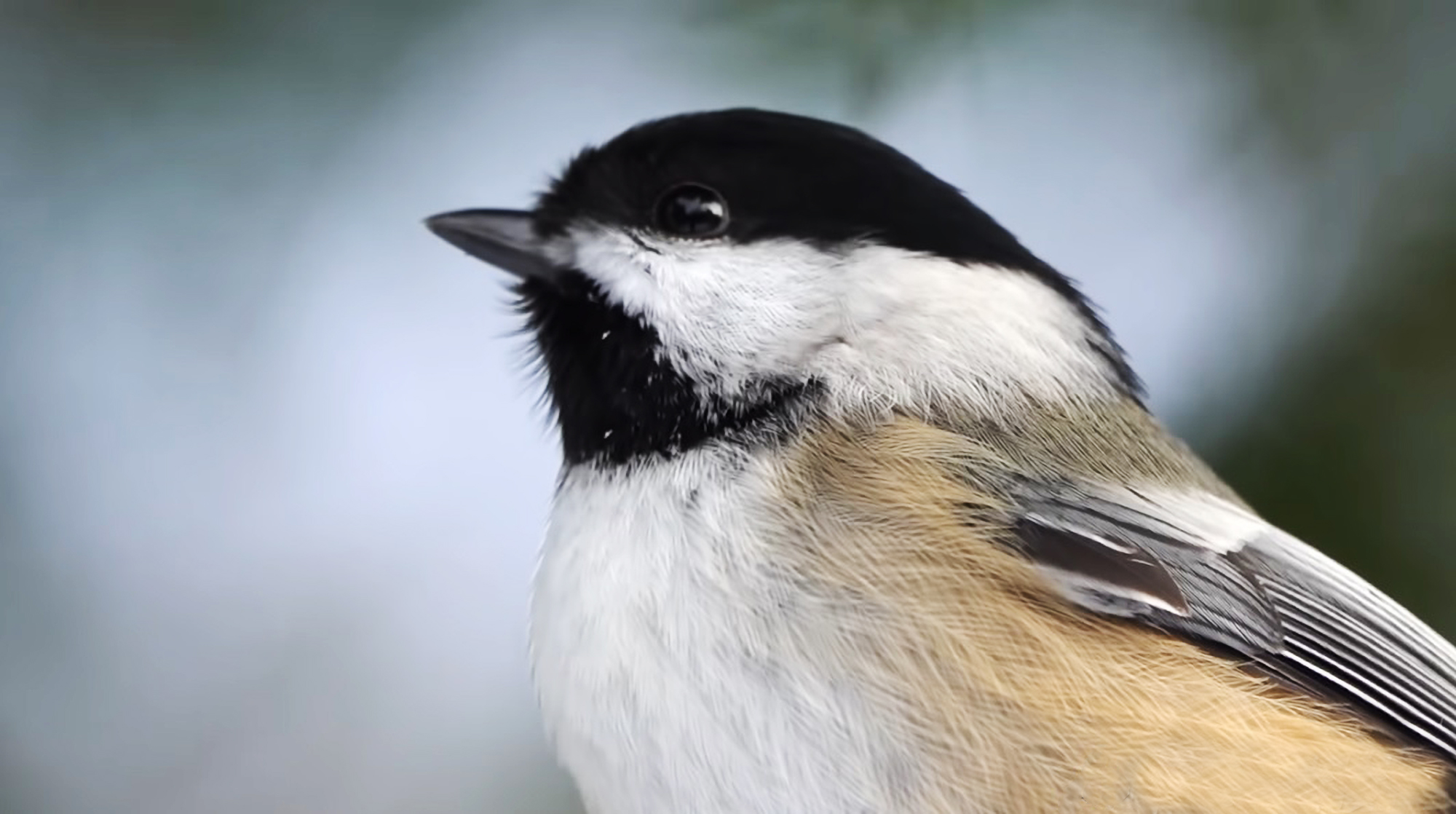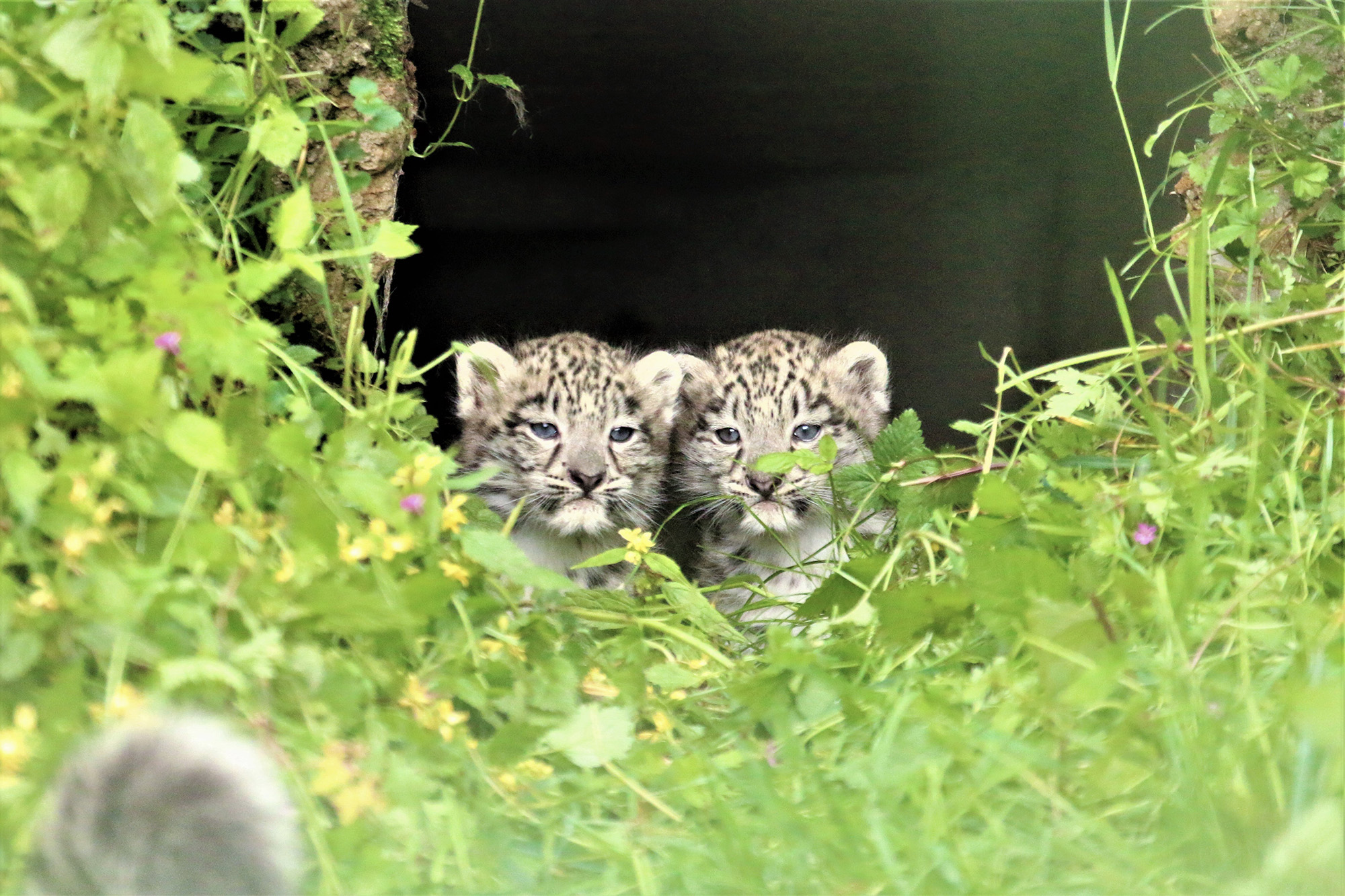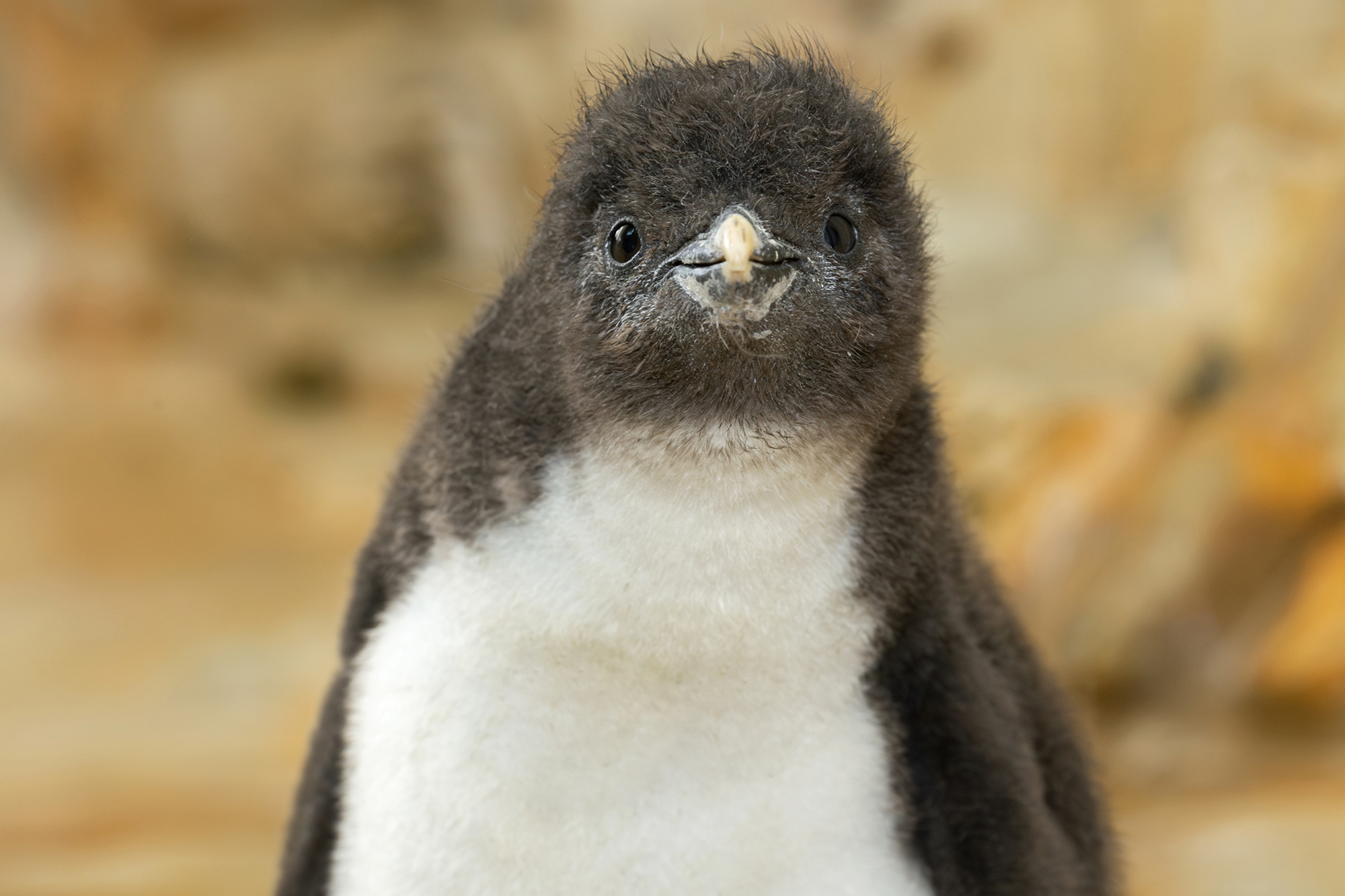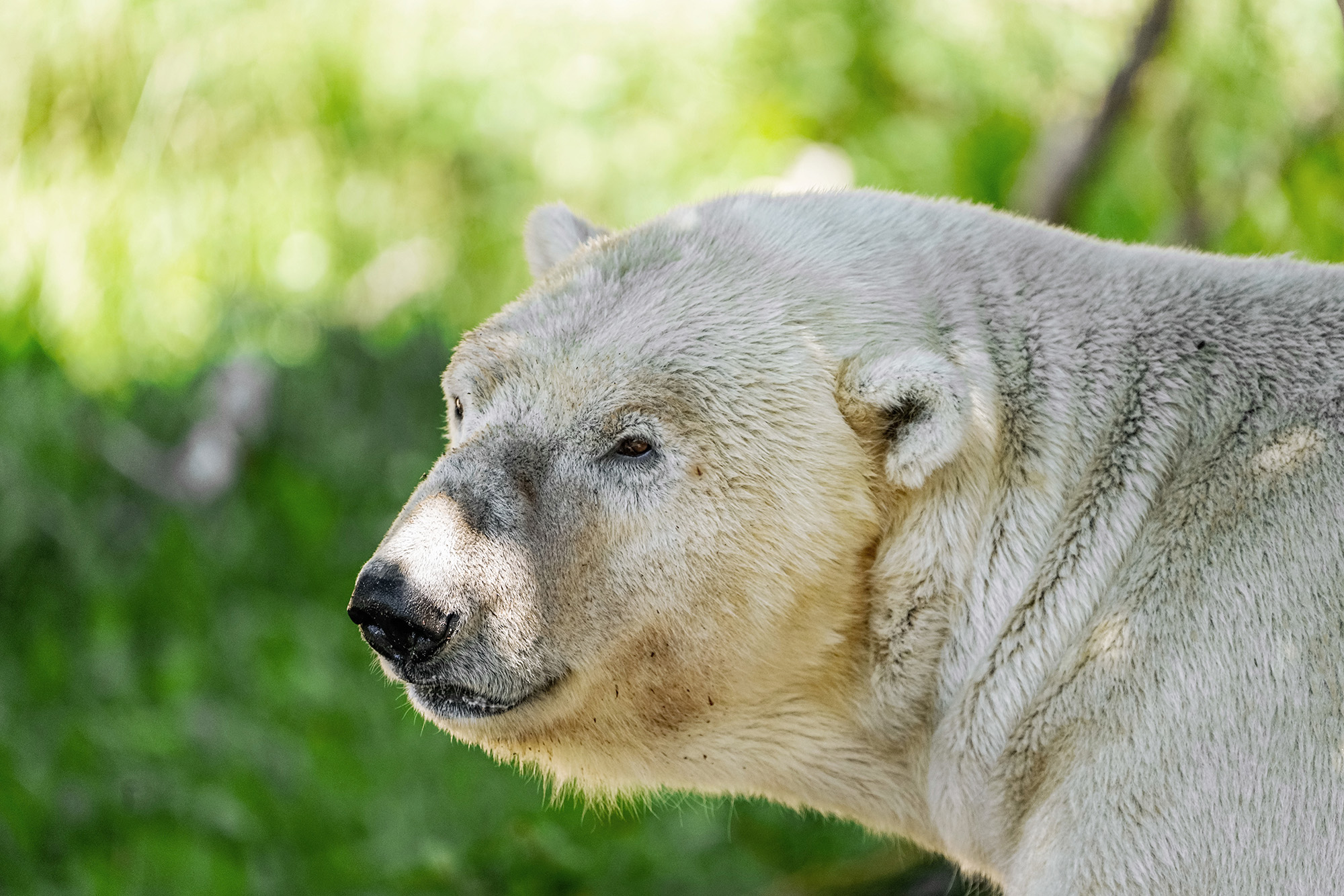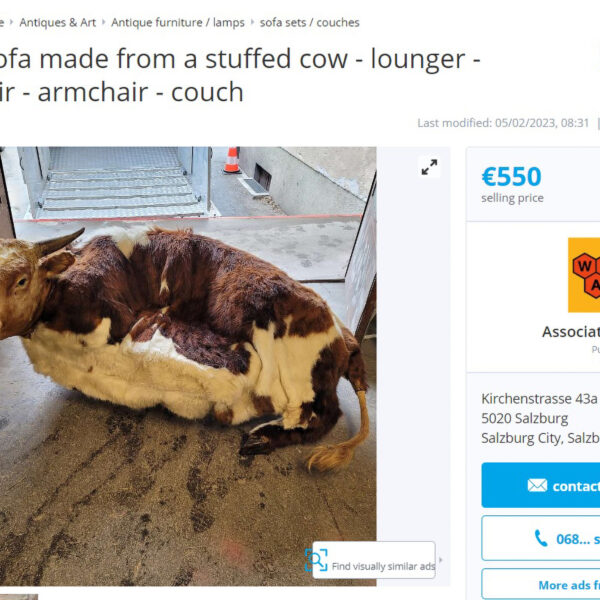Tiny Elephant Shrews Go On Show After Mum Hid Them From Zookeepers
Two tiny round-eared elephant shrew babies have finally gone on show to the public after their cautious parents hid them from zookeepers for days.
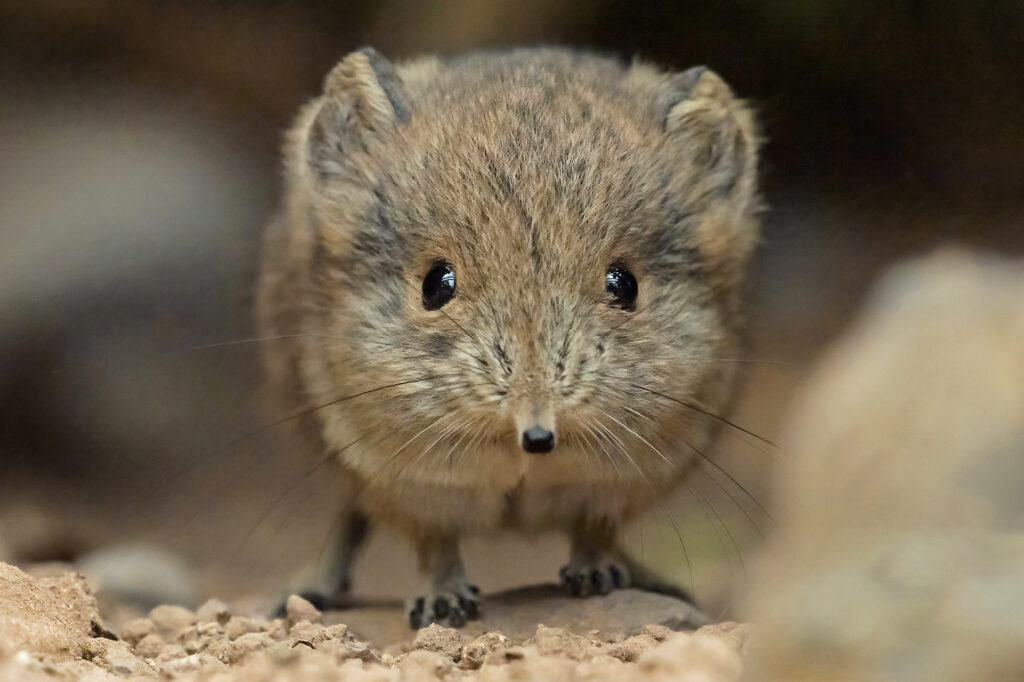
The babies – no bigger than a ping-pong ball – were first spotted by members of the public at Austria’s Vienna Zoo.
Experts at the zoo’s Desert House believe their mum hid them in a secret nest for several days before they emerged.
Carers at the zoo say the tiny mammals weigh just 10 grammes at the moment.
Keeper Kristina Stanschitz explained in a statement obtained by Newsflash from Vienna Zoo on 21st February: “They are about as big as a table tennis ball.”
She added: “They are growing up incredibly quickly. Round-eared elephant shrew babies are being breastfed.
“However, they are also eating insects, grains and fruit almost from the day they are born.
“The newborns are as big as their parents within four weeks.”
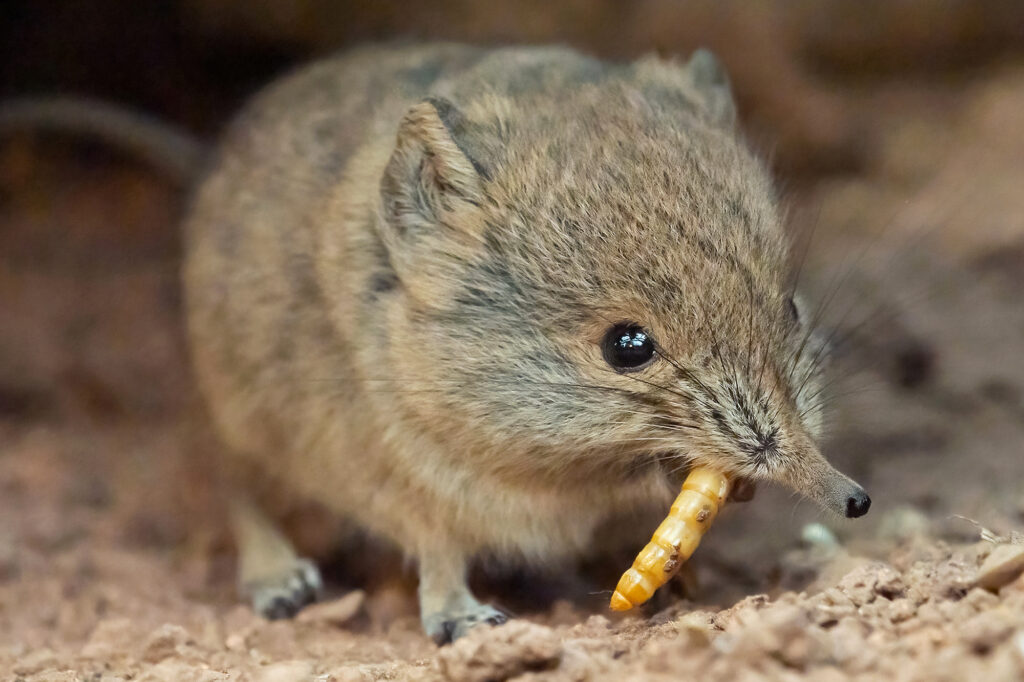
A video obtained by Newsflash shows the twins as they cuddle up, munch on a worm and make the most of their long flexible noses.
The cautious couple are never far from each other and are watched over constantly by their mum and dad.
At one adorable point, one of the youngsters and their mum wiggle their long noses together.
Vienna Zoo, or also named Schoenbrunn Zoo, welcomed a female round-eared elephant shrew from Munich’s Hellabrunn Zoo only one year ago.
Officials at the Viennese institution said they were delighted about the round-eared elephant shrew offspring since the species is notoriously picky over mates.
Keeper Kristina pointed out that round-eared elephant shrews aren’t rodents despite the striking physical similarities.
They are named after their long trunk-like noses and floppy ears.
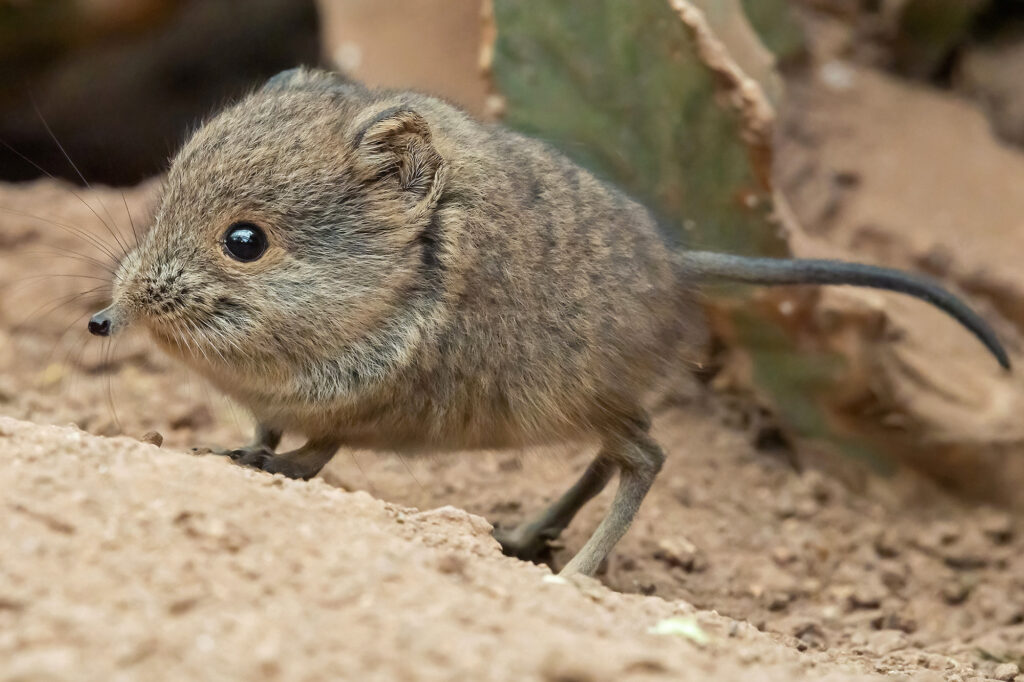
But, says Kristina, they are distantly related to their much larger distant cousins too.
She explained: “Round-eared elephant shrews can reach a body length of up to 12 centimetres (4.7 inches).
“They form their own genus among mammals. Believe it or not, their closest congeners are elephants and sirenians.”
Vienna Zoo’s Desert House – a 2,000-square-metre (1,243 square miles) indoor enclosure opened 20 years ago.
It features a wide range of mammals, reptiles and plants.
Kristina also shared some bizarre anecdotes about the animals’ obsession with cleanliness.
She said: “Round-eared elephant shrews set up their own paths. They then keep them meticulously clean.
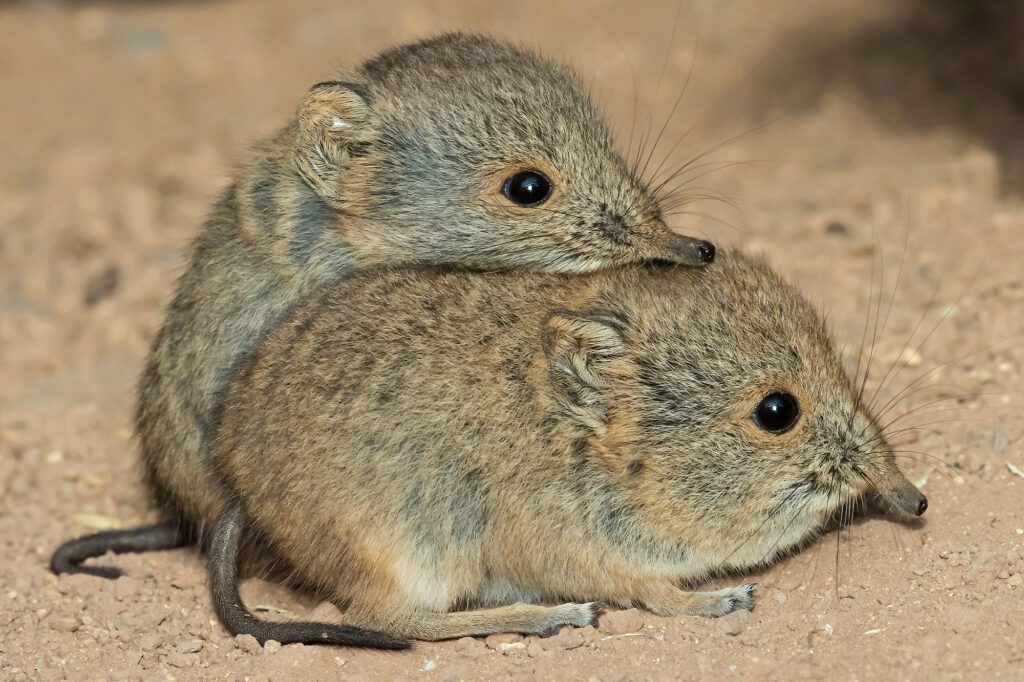
“In nature, this is of great importance when it comes to hiding in their dwellings from snakes and birds.
“The moment our team of gardeners has left the Desert House after having watered the various plants, they immediately start to flatten and clean their small paths.”
The round-eared elephant shrew’s (Macroscelides proboscideus) natural habitats are deserts as well as the subtropical or tropical dry shrubland and grassland regions of Namibia, Botswana and South Africa.
The species is one of the very few monogamous mammals in the world.
Vienna Zoo, or Tiergarten Schoenbrunn, was established by the royal Austrian-Hungarian Habsburg Family in the park of Schoenbrunn Palace, in western Vienna, back in 1752.
Today the institution is the world’s oldest zoo still in operation.
Vienna Zoo contains around 8,000 animals from 700 species on an area of 17 hectares.
The zoo topped British author Anthony Sheridan’s Best European Zoo ranking in 2008, 2010, 2012, 2014 and 2018.


